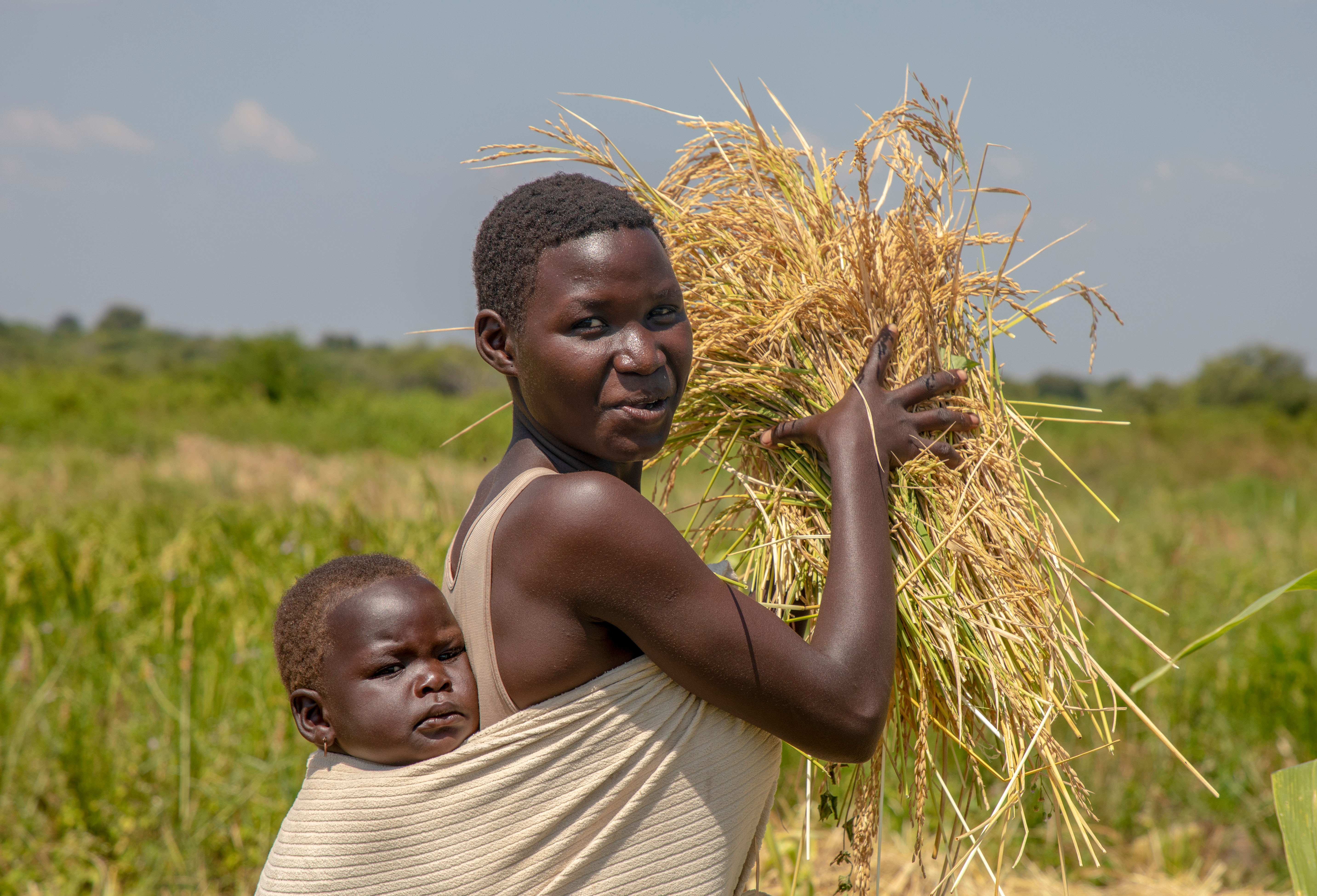How the NEXUS programming is transforming the Uganda Refugee Response

As the global refugee crisis intensifies, Uganda stands as an example of progressive refugee management.
Hosting one of the world’s largest refugee populations, Uganda’s approach has evolved to integrate relief, development, and peacebuilding initiatives, reflecting the humanitarian nexus model.
This innovative approach has become pivotal in addressing both immediate and long-term needs of refugees and host communities.
The UN refugee agency, UNHCR predicts that over 139 million people will be displaced or will be stateless by the end of 2025 due to conflict, climate change, rights violation among others and therefore, humanitarian agencies must shift their programming to respond to multiple needs of vulnerable children, families and communities and support them to achieve their long-term aspirations.
World Vision Uganda (WVU), a key player in this transformation, exemplifies how nexus programming is reshaping the refugee response in Uganda, fostering sustainable development, social cohesion, and resilience.
Uganda hosts 1.7 million refugees mainly from South Sudan, DR Congo, Sudan and other nationalities. On average, Uganda receives 120,000 new refugees annually since 2021. Although Uganda is known for its progressive refugee policy, the scale and complexity of this responsibility are immense.
The limited resources amidst surging numbers of refugees places a significant strain on both the host communities and government systems. However, the nexus programming offers a structured pathway for integrating humanitarian aid with development and peacebuilding interventions seamlessly transitioning into long term development programs.
The organisation’s long-term Area Programs, spanning approximately 15 years, have become a cornerstone of this approach. These programs offer an integrated approach to tackle issues such as environmental conservation, social cohesion, child protection, education and livelihoods, creating a holistic framework for addressing the diverse needs of refugees and host communities.
One notable achievement of the nexus program is its focus on child protection. By integrating educational initiatives, WVU has improved awareness of child rights, expanded access to protection services, and enhanced the overall well-being of children in refugee settlements.

Additionally, environmental interventions, particularly Farmer Management Natural Regeneration (FMNR), offers an integrated approach to address environmental degradation, restoration efforts and livelihood opportunities for both refugees and host communities.
The nexus model’s emphasis on resilience and livelihoods has had a transformative impact on refugee and host communities. WVU has implemented programs that promote self-reliance, equipping individuals with skills and resources to build sustainable livelihoods. These initiatives not only improve economic stability but also foster peaceful coexistence between refugees and host populations, reducing tensions over shared resources.
The NEXUS program envisions making significant contribution to sustainable economic and social development in Uganda’s refugee-hosting districts by 2030.
This ambitious goal focuses on strengthening the well-being of refugees and host communities while fostering peaceful coexistence. Key to this vision is the program’s ability to integrate emergency response, long-term development, and peacebuilding activities in a cohesive manner.
Despite its successes, the nexus approach requires long-term, flexible funding to achieve its full potential. Scaling implementation demands and consolidated efforts from program designers, implementing partners, and stakeholders, including the government and community structures. Access to resources such as land, government facilities, and community support is critical for sustaining and expanding interventions.
World Vision Uganda’s nexus programming has redefined Uganda’s refugee response, demonstrating the power of integrated humanitarian and development approaches.
What is the nexus?
The humanitarian-development nexus is the bridging of emergency humanitarian aid and longer-term development assistance to provide complementary and connected assistance for people affected by crises.
As crises become increasingly protracted and recurrent, increased collaboration between humanitarian and development actors is needed to address the underlying poverty and vulnerabilities that prevent communities from being resilient and able to recover from disasters quickly.
By: Paul Mwirichia, Uganda Refugee Response Director.